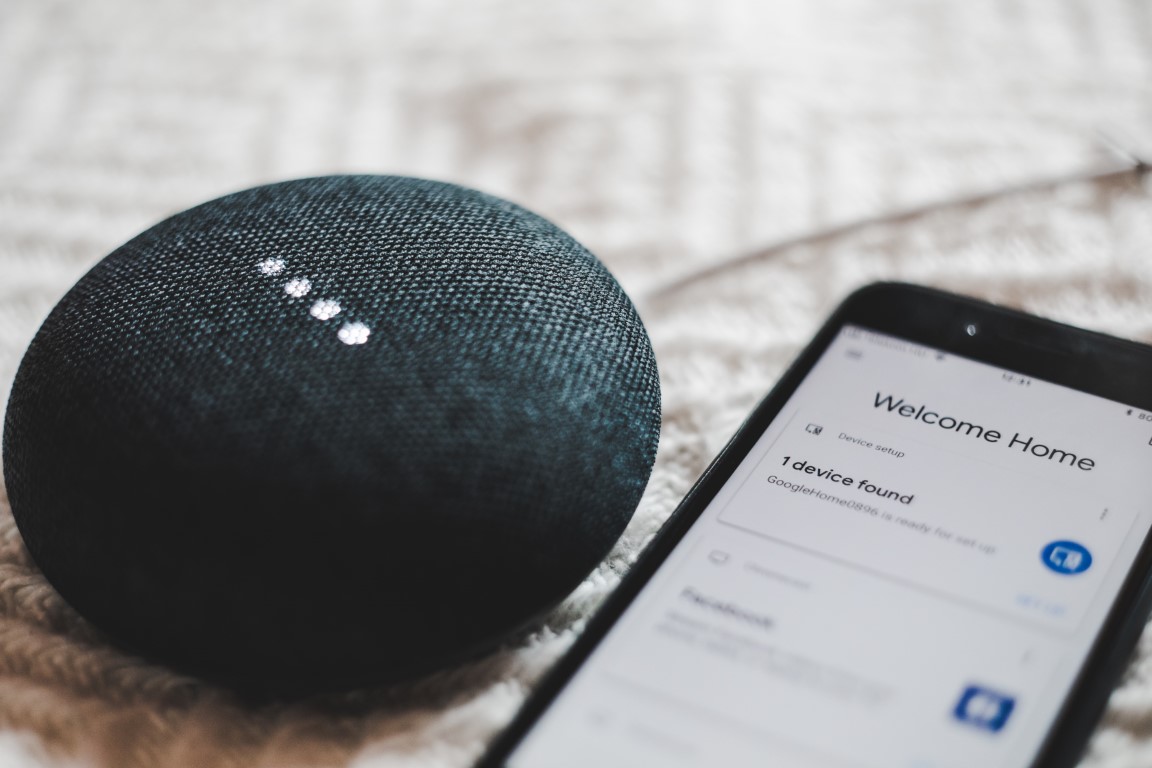Thanks to the likes of Siri, Alexa, and Google Assistant, voice tech has seen a huge rise in the past decade. But the voice assistant industry has yet to reach its full potential and it can become an integral part of many applications we use every day.
In the next few years, we will see the advent of new markets, applications, and platforms for voice assistants that will go beyond the reach of the incumbents, says Nick MacShane, Founder and Senior Managing Director at Progress Partners, a merchant bank providing M&A, capital raise, and SPAC advisory for emerging tech and media companies.
In an interview with TechTalks, MacShane discussed what to expect from the voice assistant industry and how innovative startups are making their mark in this expanding market.
Mass adoption of voice assistants

Voice assistants have several decades of history. But it wasn’t before 2011, when Apple introduced Siri, that they became widely available. Since then, the market has been growing rapidly. Microsoft and Amazon respectively released Cortana and Alexa in 2014. Google released its Assistant in 2016. And Samsung released Bixby in 2017. Not all of them have been equally successful, but they have brought about a change of culture in the way people use their devices.
More than 50 percent of U.S. households now own a smart speaker. According to some estimates, 128 million people in the U.S. are using voice assistants. Voice accounts for a considerable portion of online searches, and more than 50 percent of searches for local businesses. And voice assistant usage is growing in cars and other settings where users rather not be looking and interacting with a screen.
What is more important is that all these figures are growing year-over-year, which is indicative of the increasing acceptance and expectation of voice features in devices and applications. The voice assistant market owes its growth to several factors: Advances in machine learning and deep learning have improved the accuracy of voice-to-text technology. Advances in natural language processing (NLP) and large language models have made it possible to carry out more complex commands. TinyML has moved voice inference from the cloud to the edge. And the ubiquity of computation and internet connectivity has brought voice assistants in our pockets, on our wrists, and in our living rooms.
The limits of current voice assistants
However, the expanding market for voice assistants is also highlighting some of the shortcomings of the incumbents.
“While voice assistants are one of the fastest-growing consumer technologies of all time, current use cases are relatively simple like listening to music or setting a timer,” MacShane said. “Over time, we expect to see the complexity of user interactions with voice technology to increase.”
As users’ embrace of voice technology improves, so will their expectations. They will want their voice assistants to assist them in tasks that require multiple interactions or understanding of specialized domains. For example, MacShane said, users might want to ask their television to purchase a shirt an actor on screen is wearing or add items to their grocery cart while driving. In such cases, the assistant should be able to gather information from multiple sources instead of just mapping voice commands to actions.
“The technology advancements we’re seeing in the voice space will allow people to do even more with their voice assistants and carry the conversation from one smart speaker to another,” MacShane said.
Platform-agnostic voice assistants

Another problem with current voice assistants is their lack of cross-platform support. Alexa is tied to Amazon, Siri to Apple, and Assistant to Google. This makes it hard for developers to create voice-powered applications that work on the various types of devices their users have.
“Today, we’re starting to see a greater diversification of voice assistants used in the market. Amazon’s position as the leader with the most market share is declining as new products rise in popularity,” MacShane says. “With Amazon now owning less than 50% market share, the need for third-party enablement to provide services across all platforms is higher than ever.”
Basically, this means that if you’re developing an application, you’ll have to figure out how to make it work with all types of voice assistants. Limiting support to Alexa or Siri will deprive a portion of your applications’ users of the convenience of voice features. This is a gap that platform-agnostic voice assistants that work in various operating systems can fill.
“Brands won’t want to advertise, sell, or engage with consumers on just one smart device. They’ll want to engage across the entire ecosystem, and it’s third-party technology providers who make this possible,” MacShane says. “By leveraging third-party technology providers, brands are able to carry their message across the diversifying mix of voice assistants. They’ll create new opportunities prioritizing infrastructure, monetization, commerce, and data and analytics within the voice technology market.”
Voice assistant platforms to watch in the future
“We’re big believers in the future of voice enablement in three key areas we see opportunity: commerce, advertising, and connected television,” MacShane said.
Progress Ventures, the investment arm of Progress Partners, has recently invested in several voice tech startups that MacShane believes will be part of the future of voice assistants.
One of them is Blutag, a cloud-based platform that is targeting voice commerce, a fast-growing sector that is expected to reach $40 billion in 2022. Blutag provides no-code voice support for most major e-commerce platforms and a rich API for custom integration. Online store owners can add a variety of voice-enabled features, including purchases, coupons, and FAQs. The platform supports various device types and multi-modal experiences. So, for example, if a user will be using a device with a display (e.g., smart TV or smartphone), the voice assistant will be able to draw information from different sources, including the user’s voice data and what is being displayed on the device screen. Since Blutag has been specially designed for voice commerce, it can handle the intricacies of online shopping that general-purpose voice assistants can’t handle, such as making multi-step purchases or using contextual data.
Instreamatic, another Progress Ventures portfolio company, provides voice ads. Instreamatic enables companies to provide conversational advertisements that speak to users. Instreamatic’s goal is to shift from static to dynamic ads that provide personalized experiences to users.
Disruptel, a third company Progress Ventures has invested in, provides an AI-powered voice assistant that can understand and interact with screen content. For example, if you’re watching a movie, you can ask the assistant to provide information about similar movies, the actor being displayed on the screen, or a specific item such as the coat the actor is wearing. If you’re watching a sports match, you can tell the assistant to place a bet through your favorite betting platform.
This is just the beginning of the expansion of voice experience, MacShane believes, and many more useful applications will be developed in future years.
“We believe voice will only continue to grow as a modality. We’re seeing increased voice-assistant usage across all ages, demographics, and geographies,” he said. “It’s an exciting time to be in the voice technology space as people continue to increase their voice assistant usage and technology continues to develop.”
This article was originally published by Ben Dickson on TechTalks, a publication that examines trends in technology, how they affect the way we live and do business, and the problems they solve. But we also discuss the evil side of technology, the darker implications of new tech, and what we need to look out for. You can read the original article here.
Get the TNW newsletter
Get the most important tech news in your inbox each week.





